Presentation and specs
The TTArtisan 50mm f/1.2 lens was kindly sent to me by TTArtisan for review. It retails for around 100-110 USD here in May 2022, so it is really a budget friendly lens. It is made for the Nikon Z-mount, and can be used on e.g. the Nikon Z50, which is what I used for the testing. With the crop factor, the FF equivalent is 75mm, and hence a lens that many will find attractive for portraiture photography.
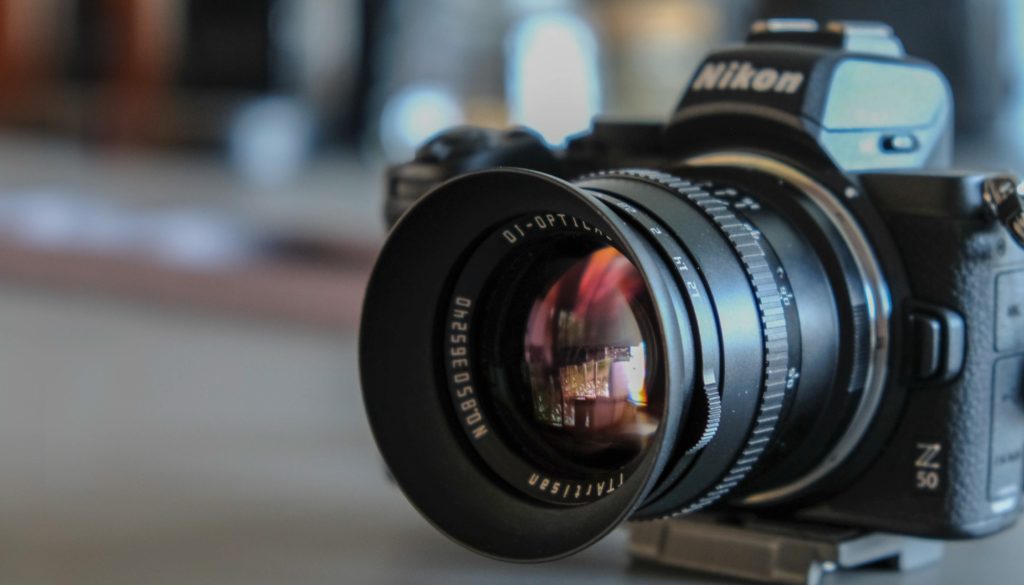
The first thing I noticed when unboxing is the weight. The lens is relatively small (6×6 cm) but at 335 grams it feels compact, if not heavy. The reason is simple: it is made of metal and glass altogether. No plastic or lightweight materials here. If feels solid and well built.
The focus throw is well dampened, but relatively short (130 dgs), but I did not find this to be an issue, although I know that some will prefer a longer focus throw to aid the precision in manual focus.
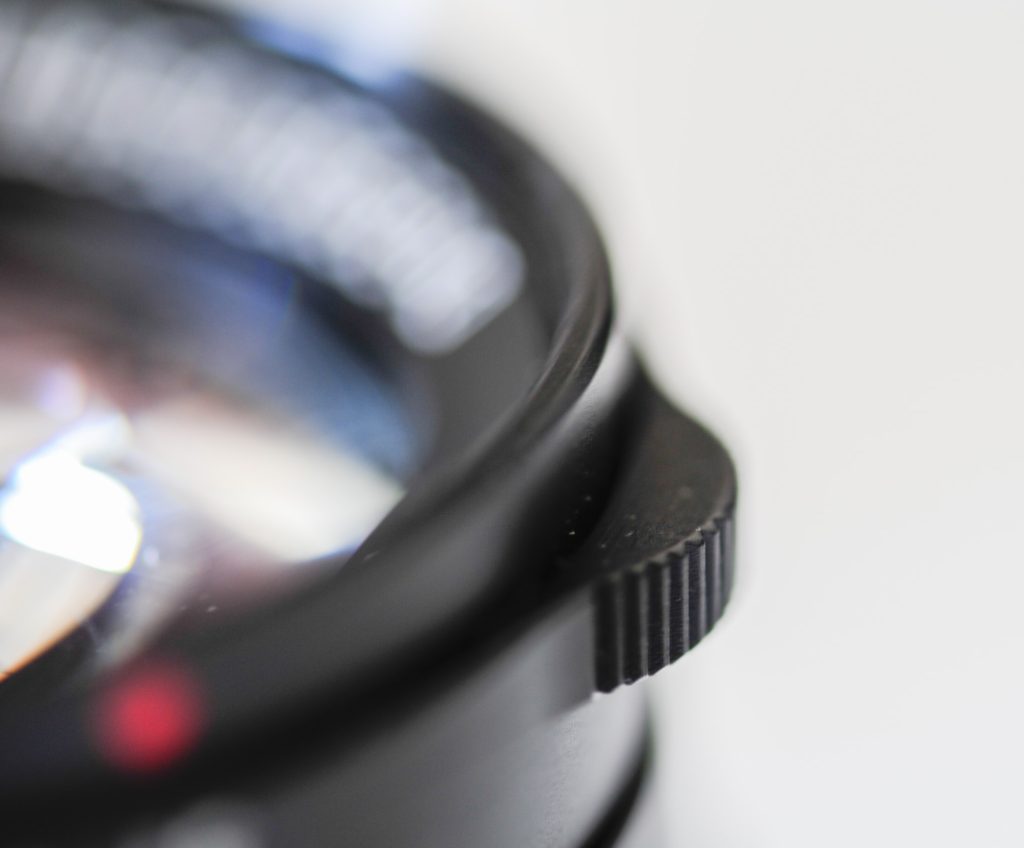
The aperture ring sits in the far end of the lens, and it took me some time to get used to – I am used to the aperture ring sitting close to the camera. The ring comes with only 2 jagged “wings” to aid you finding the aperture ring, and I really would have liked a few more of these, but this is not a major point.
There is no electronics in this lens – just metal and glass. If you were hoping to find autofocus or even vibration reduction, then you will be disappointed, but at this price point I think it is not fair to expect such comfort.
CPU contacts
What I find more hard to live without is the CPU contacts – there are none on this lens. So your camera does not know which lens is mounted, and EXIF information is not available. This also means that automatic profile correction in Lightroom is not possible and I found that I had to do correction of distortion and vignetting in LR by pulling sliders manually. With distortion and vignetting at a well controlled level, this is less of an issue, but I do miss the EXIF information as I use it for indexing and organizing my images.
Sharpness and contrast
I am only too aware that studying MTF charts is not very sexy and that seeing picture examples is much more interesting. I have made a collection of images shot with this lens over at flicker and you can follow the link here to get some images in much better resolution than what this blog allows.
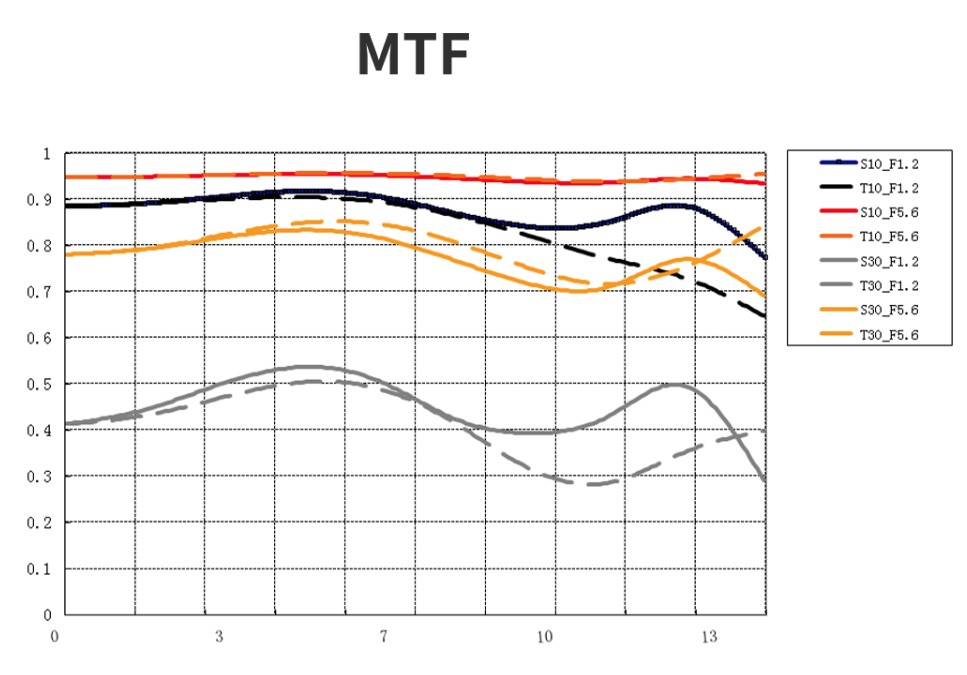
But that said, you can learn a lot about a lens looking and the MTF chart, and what the below tells is very consistent to what my tests shows: stopped down to f/5.6 this is a very sharp lens with good contrast, both center and corners, but wide open it is soft – also in the center. Many don’t mind a lens is soft in the corners wide open, as long as it is tac sharp in the center. Unfortunately this lens is soft wide open, and maybe this is not a problem for you as a portrait photographer, but for me who use the lens for landscape and nature, it is too soft.
Speed
This lens is fast and lets in a lot of light. Normally this is less of an issue, as I enjoy shooting wide open with paper thin depth of field to maximize isolation of the subject. However, my Nikon Z50 “only” shoots at 1/2000th of a second as the fastest shutter speed. Therefore I often had to stop down a bit to avoid over exposing the images. If you plan to use the lens wide open in scenes where there is lots of ambient light, you may need to add a 52mm ND filter to the lens.
Color rendition
I tested this lens and the color rendition compared to the Nikon kit lens (16-50), and as far as I can tell, they render colors very much the same way. When just looking at some colorful images shot with the TTArtisan, my immediate reaction was that red was rendered a bit too saturated, but compared to the Nikon lens, it actually came out a notch more pale. In general I found that the TTArtisan renders colors very close to Nikon, so if you happen to like the way Nikon gets the job done, then you will probably also like the way the TTArtisan renders colors.
Minimum focus distance
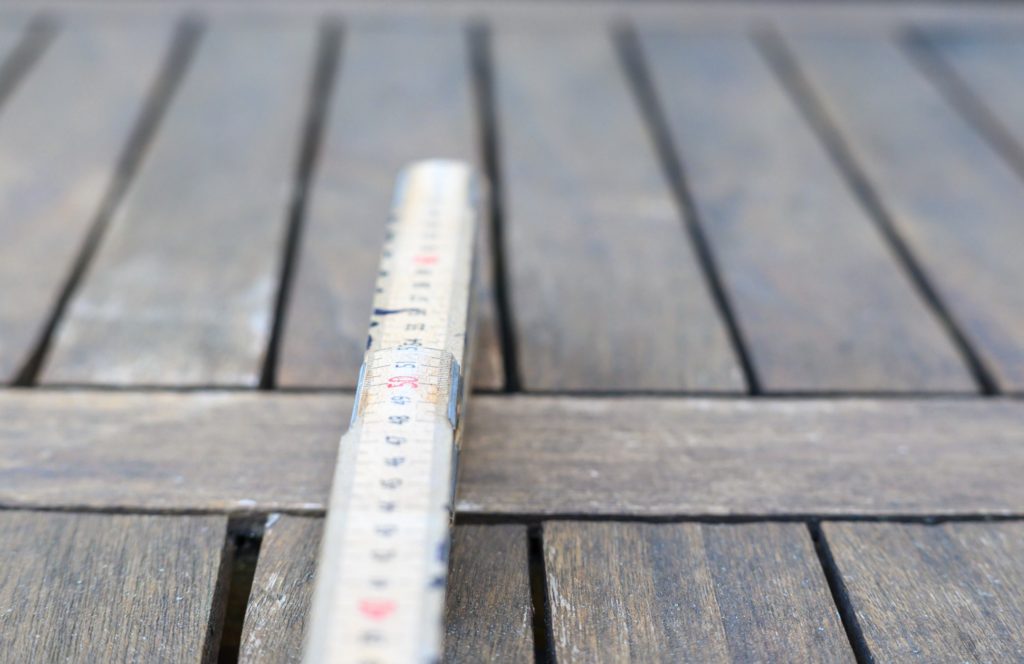
The minimum focus distance is 50 cm according to the specs, and that is precisely what I measured it to be as you can see above. Subject to what you shoot, this may not be an issue, but for me it is a lot! I always want to get closer to my subject. That said, due to the crop factor, the lens is 75mm FF equivalent and has an angle of view of 32 degrees, and hence I found it more easy to fill the frame with my subject than what I have experienced with other and wider lenses.
Focus breathing
This lens suffers from focus breathing and to a significant degree. Actually so much that I think videographers will stay clear of it. As a photographer, I find this to be less of an issue.
Aberrations
Aberrations are not well controlled, unfortunately. You can see the tinfoil below has a purple tint.
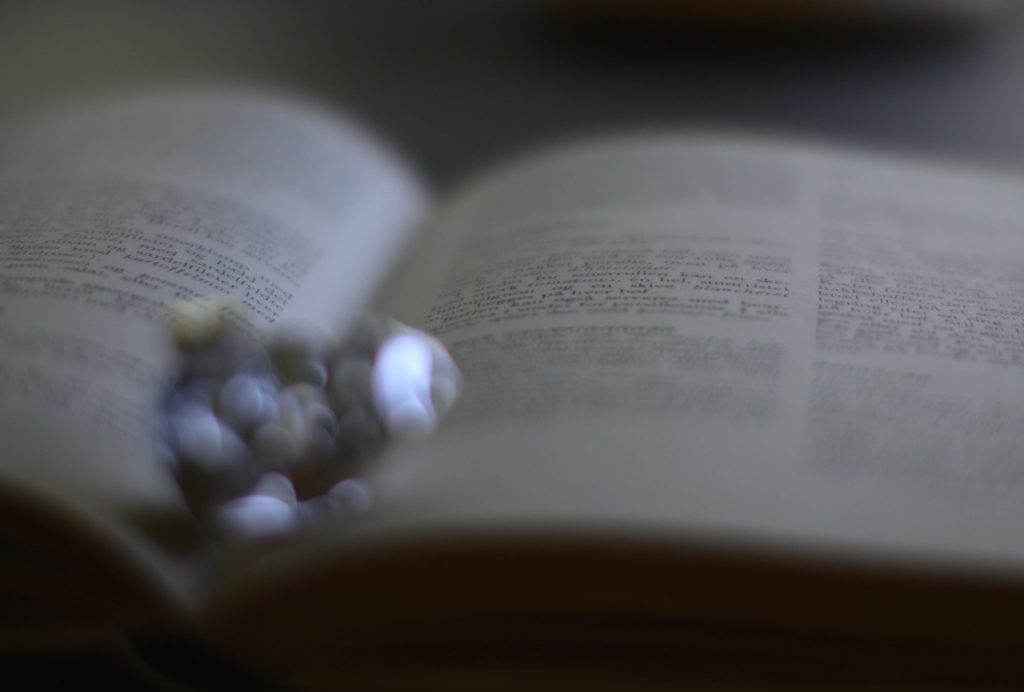
And when I do my more “brutal” testing using a flash light aimed at a piece of tinfoil, it lights up with green and pink colors that should not be there. And when shooting landscapes in stark contrast, the edges around high contrast areas have a purple line.
If you do not shoot high contrast scenes, this may be less of an issue for you, but for me it is a major issue and strikes right into the heart of my type of photography. This is the biggest drawback I see with using this otherwise fine lens.
Vignetting and distortion
Vignetting and distortion is well controlled with this lens. There is some and you can see it if you shoot a brick wall or the like. But you have to look for it. As there are no CPU contacts, the correction has to be done pulling a few sliders in Lightroom. However, I doubt you will ever notice the distortion if you are a portrait photographer or other “organic” subjects with little straight lines.
Flare
My flare test showed that this lens dampens flare pretty well. You can see a green dot or a green area where the flare would otherwise have been, just like you may know from glasses. But when the light enters from a steep angle, the lens start showing some dramatic flare as the example below shows.
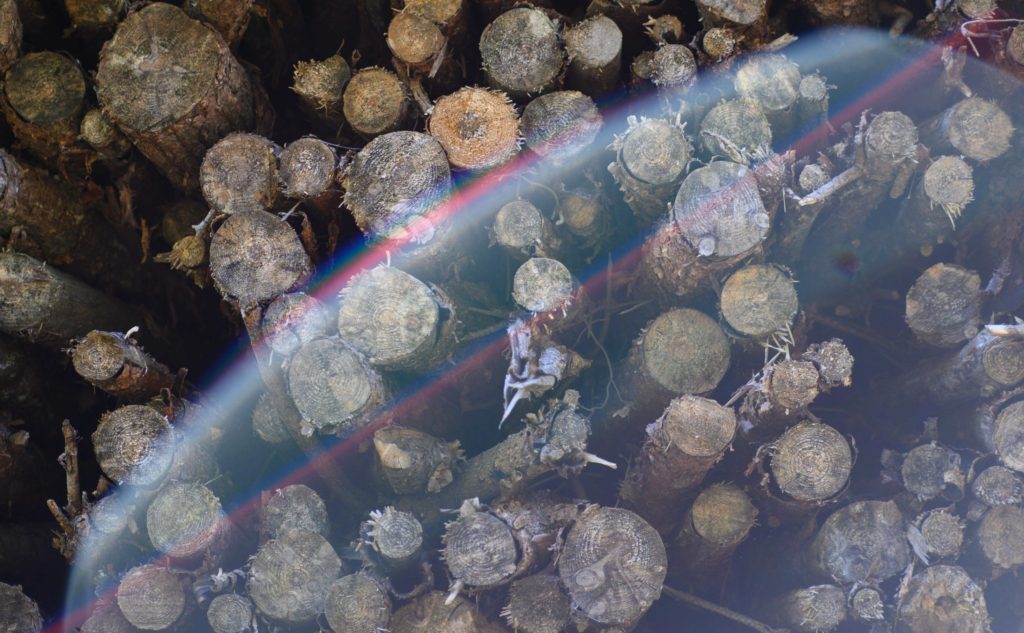
You may think that a lens hood can save you here, but no: I shot this with the lens hood that TTArtisan kindly provided together with the lens.
I am not fan of what you see above, but we are into personal preference territory, and Stanley Kubrick fans may just absolutely love it!
Bokeh
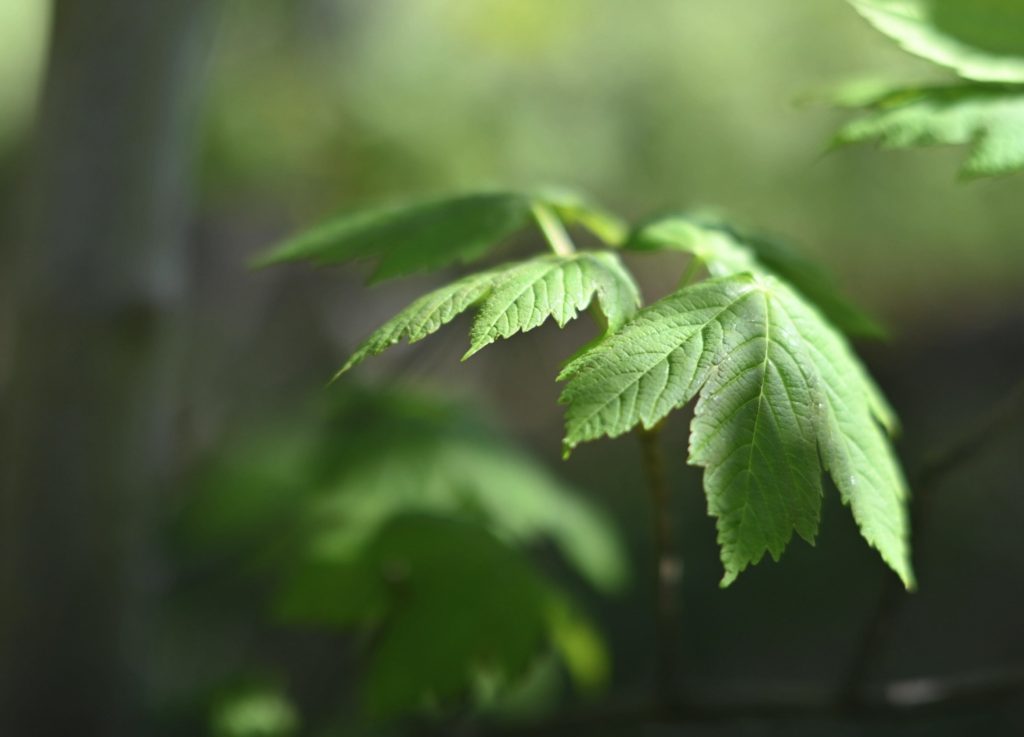
With a lens as fast as f/1.2,you’d expect it to deliver a very shallow depth of field and blurred backgrounds, and this lens certainly does.
I am however puzzled by the design of the aperture blades. It is not straight and not round.

In the image above, you can see the shape of the blades – it is shaped like a wave as far as I can tell. I think this blade design is chosen as it gives some beautiful sun stars when the lens is stopped down.
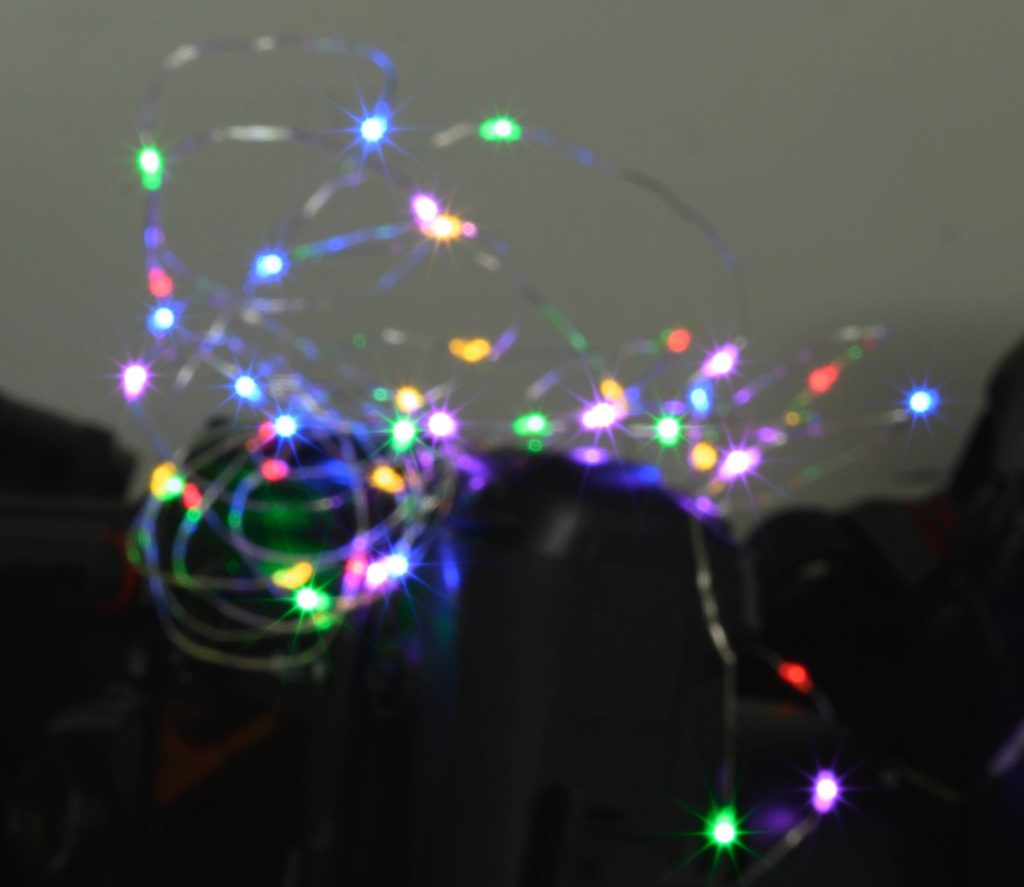
And of course fully open when the blades are not engaged, the bokeh is absolutely round. So I really like the bokeh fully open and stopped down max, whereas in between the wave design of the blades start so show. However, I think it is only photography nerds that will really notice.
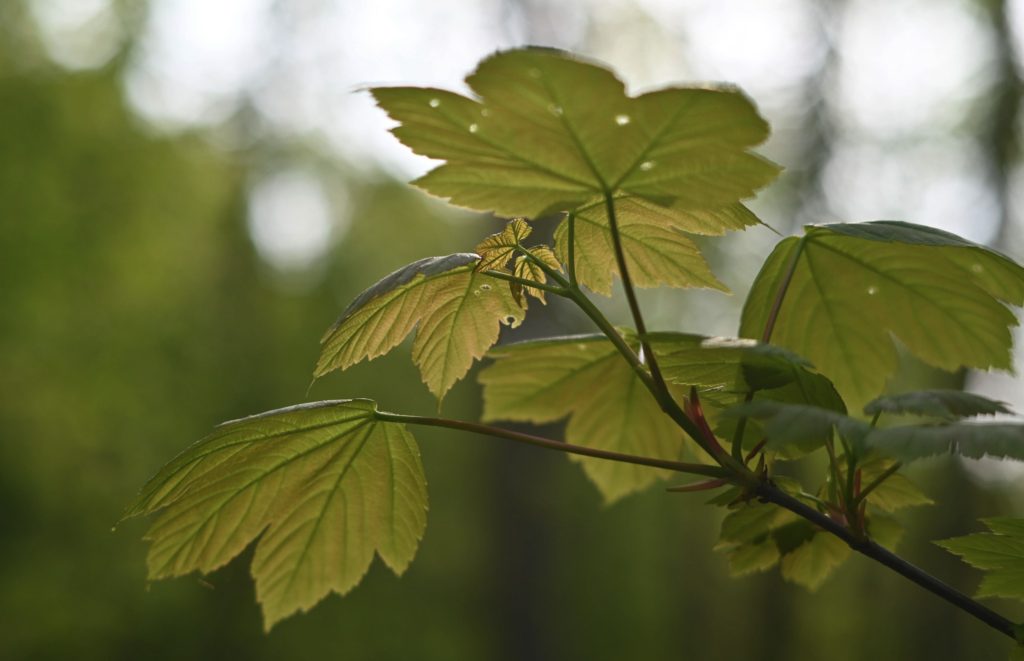
Conclusion
My list of pro’s and cons below. The third group named “neutral” and “personal preference” is things where I think it is not necessarily a pro or a con, but more observations that may be important to some and irrelevant to others, and hence difficult to categorize as either good or bad.
Pro
– Price / value for money
– Build quality
– Fast lens (f/1.2)
– Bokeh IRL
– Sun stars stopped down
– Sharpness/contrast stopped down
– Vignetting/distortion not too bad
Cons
– Chromatic aberrations
– Lack of CPU contacts (no EXIF info)
– No auto focus (or VR)
– Sharpness and contrast wide open
– Focus breathing
– Minimum focus distance (50 cm)
– No weather sealing
Neutral / personal preference:
– ND filters necessary wide open when bright
– Color rendition (close to what Nikon does)
– Flare control
– Lens weight (335 gr)
Video link
Related reading

